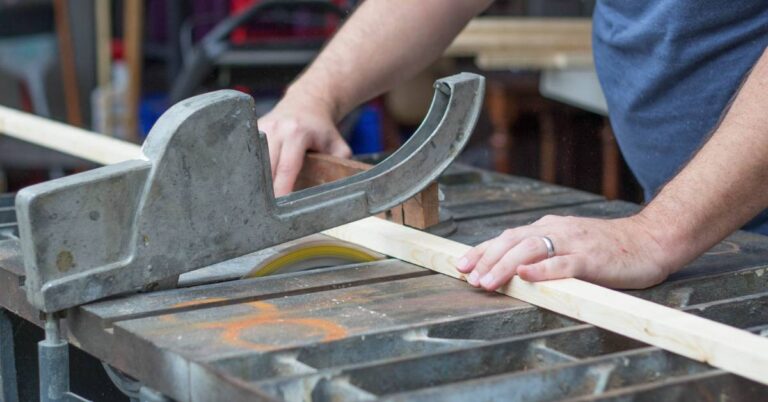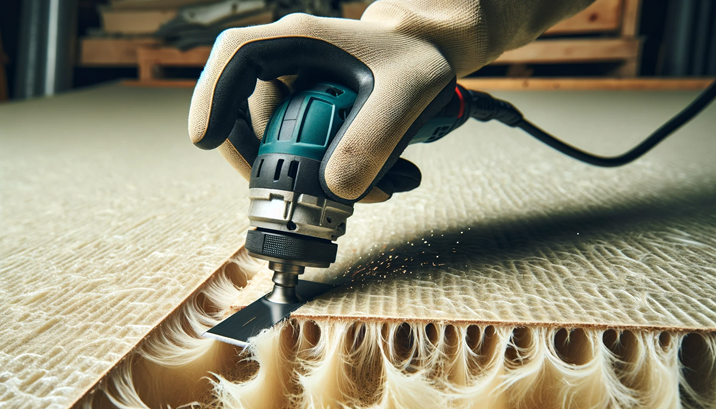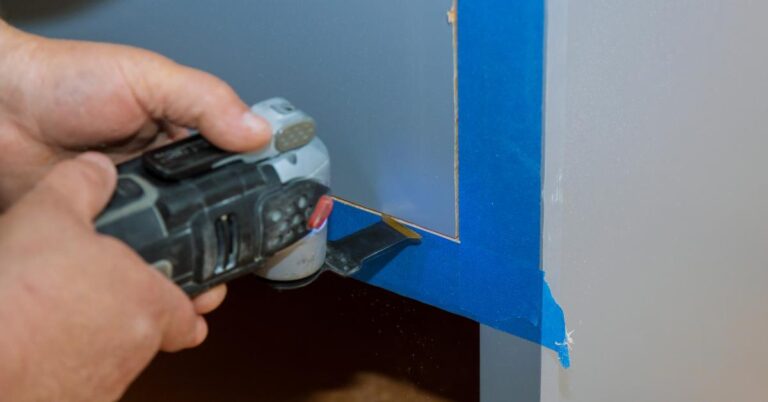Dubbin vs Mink Oil for Work Boots: Which Offers Better Protection?
Work boots endure harsh conditions daily, making proper care essential for longevity. Leather conditioners are crucial in maintaining these boots, with dubbin and mink oil being popular choices. Both dubbin and mink oil offer unique benefits for leather care, but their effects on work boots can differ significantly.
Dubbin, a traditional leather dressing, consists of natural waxes and oils. It forms a protective barrier on leather surfaces, repelling water and resisting wear. Mink oil, derived from mink fat, penetrates deeply into leather fibers, softening and nourishing the material.
Choosing between dubbin and mink oil depends on specific needs and preferences. Factors to consider include the type of leather, desired level of waterproofing, and frequency of use. Understanding these differences helps make an informed decision about optimal work boot maintenance.
Key Takeaways
- Dubbin forms a protective barrier on leather, while mink oil profoundly penetrates and softens.
- The choice between dubbin and mink oil depends on specific leather care needs.
- Regular application of either product can significantly extend the work boot lifespan.
Understanding Leather and Its Care
Proper leather care is essential for maintaining the durability and appearance of work boots. Leather requires regular attention to prevent drying, cracking, and premature wear.
Types of Leather Used in Work Boots
Full-grain leather is the highest quality option for work boots. It’s durable, water-resistant, and develops a rich patina over time. Top-grain leather is slightly less durable but more flexible and uniform in appearance.
Split-grain leather, often used in suede, is less durable but more affordable. Nubuck leather offers a soft, velvety texture with good durability. Some work boots use oil-tanned leather, which is naturally water-resistant and requires less maintenance.
Fundamentals of Leather Maintenance
Regular cleaning is crucial for leather boots. Remove dirt and debris with a soft brush or damp cloth. For tougher stains, use a leather-specific cleaner. After cleaning, allow boots to dry naturally away from direct heat sources.
Conditioning leather prevents drying and cracking. Apply a leather conditioner every few months or more frequently in harsh conditions. Moisturizing helps maintain the leather’s flexibility and water resistance.
Protect leather boots from excessive moisture. Use a waterproofing product designed for leather—Polish smooth leather boots to maintain shine and protect against scuffs and scratches.
Properties and Benefits of Dubbin
Dubbin is a waxy leather conditioner with unique properties that make it ideal for work boots. It nourishes and protects leather while providing waterproofing benefits.
Composition and Application of Dubbin
Dubbin typically contains natural ingredients like grease, animal fats, and waxes. This combination creates a thick, paste-like substance. To apply dubbin, warm it slightly and rub a thin layer into clean leather using a cloth or your fingers.
Dubbin penetrates deep into the leather fibers, coating them with protective oils and waxes. This process helps repel water and prevent cracking. Regular application of dubbin keeps leather supple and extends the life of work boots.
The waxy nature of dubbin provides excellent waterproofing. It forms a barrier that stops moisture from seeping into the leather. This makes dubbin particularly useful for boots exposed to wet conditions.
When to Choose Dubbin for Your Boots
Dubbin is ideal for work boots that see heavy use in harsh environments. It’s especially suited for leather boots exposed to water, mud, or chemicals. The thick consistency of dubbin helps fill in scratches and scuffs on worn leather.
For new boots, dubbin can be applied to break them in faster. The conditioning properties soften stiff leather, making boots more comfortable. However, dubbin may darken light-colored leather slightly.
Choose dubbin when maximum waterproofing is needed. It outperforms lighter conditioners in keeping moisture out. Dubbin is also a good choice for restoring dried-out leather on old boots.
Mink Oil for Conditioning Work Boots
Mink oil is a popular choice for conditioning and protecting leather work boots. It penetrates deeply to nourish and soften the leather while providing water resistance.
How Mink Oil Works on Leather
Mink oil contains natural fats that soak into leather fibers. These fats lubricate and condition the leather, making it more supple and flexible. The oil fills in pores and creates a protective barrier on the surface.
Mink oil helps prevent leather from drying out and cracking. It restores moisture to leather that has become stiff or brittle. The conditioning properties of mink oil keep work boots soft and comfortable.
Advantages and Application of Mink Oil
Mink oil offers excellent water resistance for leather work boots. It repels moisture to help keep feet dry in wet conditions, and the oil also helps protect against salt stains.
To apply, first clean the boots thoroughly. Then, use a cloth or applicator brush to work a thin layer of mink oil into the leather, focusing on seams and creases. Allow the boots to absorb the oil for several hours.
Mink oil may slightly darken leather. Test on an inconspicuous area first. Reapply every few months to maintain the leather’s condition and water resistance.
Comparing Effects of Dubbin and Mink Oil
Dubbin and mink oil offer distinct benefits for leather work boots. Their effects on waterproofing, nourishment, and long-term leather quality differ in essential ways.
Performance in Waterproofing and Nourishment
Dubbin creates a robust waterproof barrier on leather. It penetrates deeply, providing excellent protection against moisture. Dubbin’s thick consistency helps fill pores and cracks in the leather.
Mink oil also offers water resistance but to a lesser degree than dubbin. It excels at nourishing and softening leather, and its lighter texture allows for easier absorption into the material.
Both products help prevent water damage. Dubbin forms a more visible protective layer on the surface, and mink oil integrates more seamlessly into the leather fibers.
Dubbin typically outperforms mink oil in extreme wet conditions. However, in moderate environments, mink oil’s nourishing properties may be preferable for maintaining leather suppleness.
Longevity and Leather Quality Over Time
Regular dubbin applications can extend the lifespan of work boots. It helps maintain the leather’s structure and prevent cracking. Dubbin’s thick consistency may slightly darken the leather over time.
Mink oil enhances leather flexibility and softness with continued use. It can help prevent premature aging and brittleness in leather goods. Some users report mink oil may cause the leather to stretch slightly.
Dubbin generally provides longer-lasting protection between applications. Mink oil may require more frequent reapplication to maintain its effects.
When used correctly, both products can improve leather durability. Dubbin excels in harsh environments where waterproofing is crucial, while mink oil shines in preserving leather’s natural texture and flexibility.



